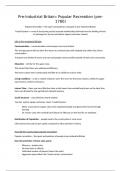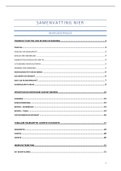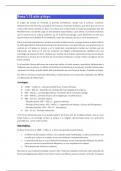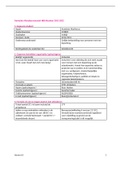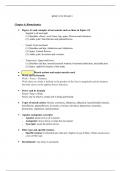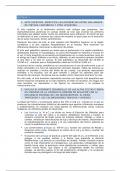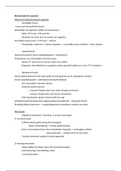Resumen
Summary Sport and Society
- Grado
- Institución
Summary of the Sport and Society topic of AQA A Level PE exam. Topics include Pre-Industrial Sport in Britain, Industrial and Post-Industrial Sport in Britain, Wenlock Games, Amateurism and Professionalism, The Golden Traingle, Women in Sport and Challenging barriers to participation,
[Mostrar más]
